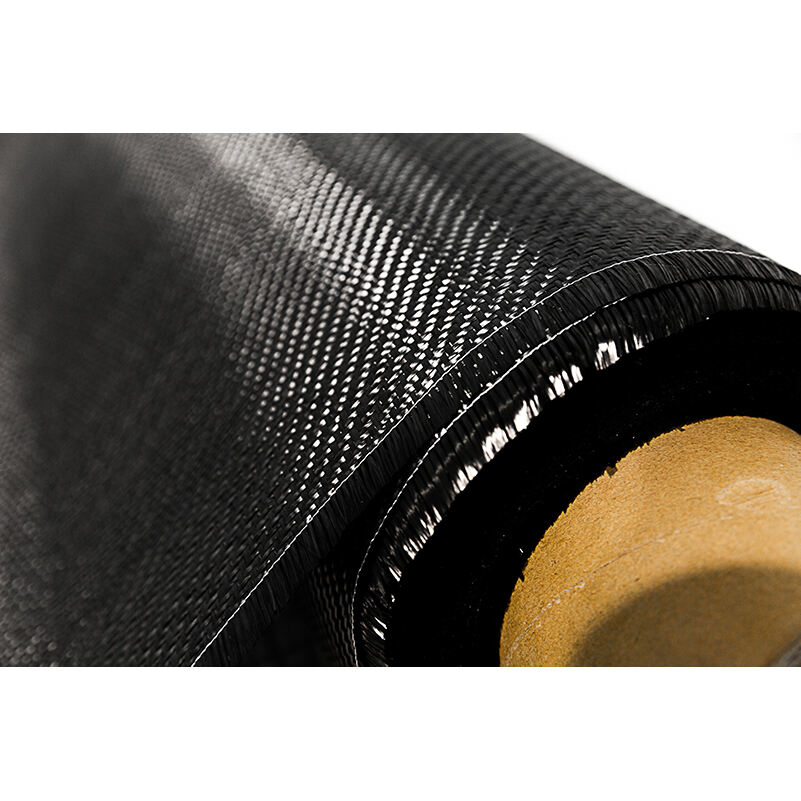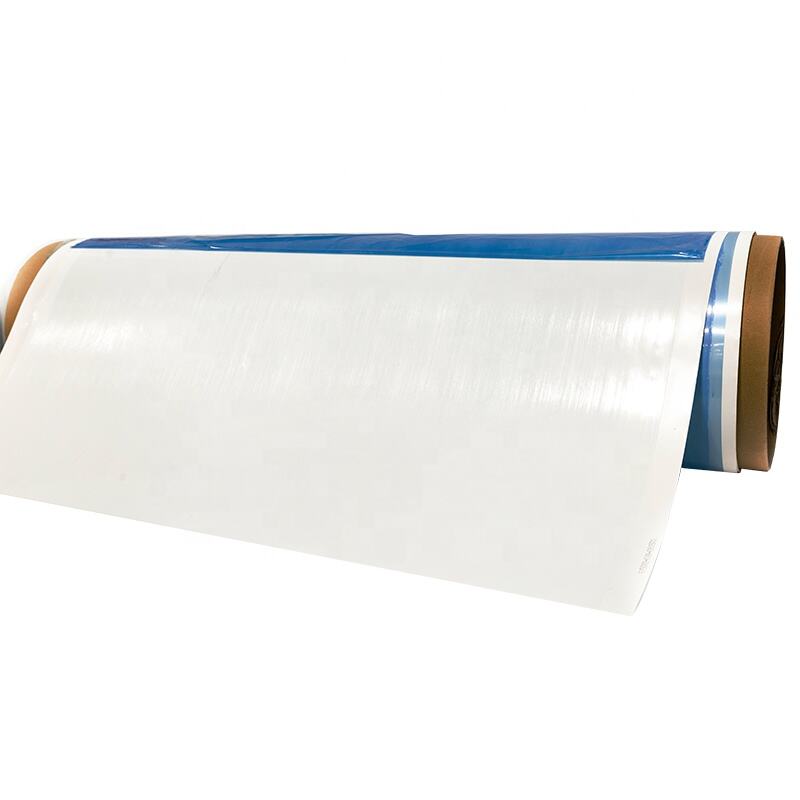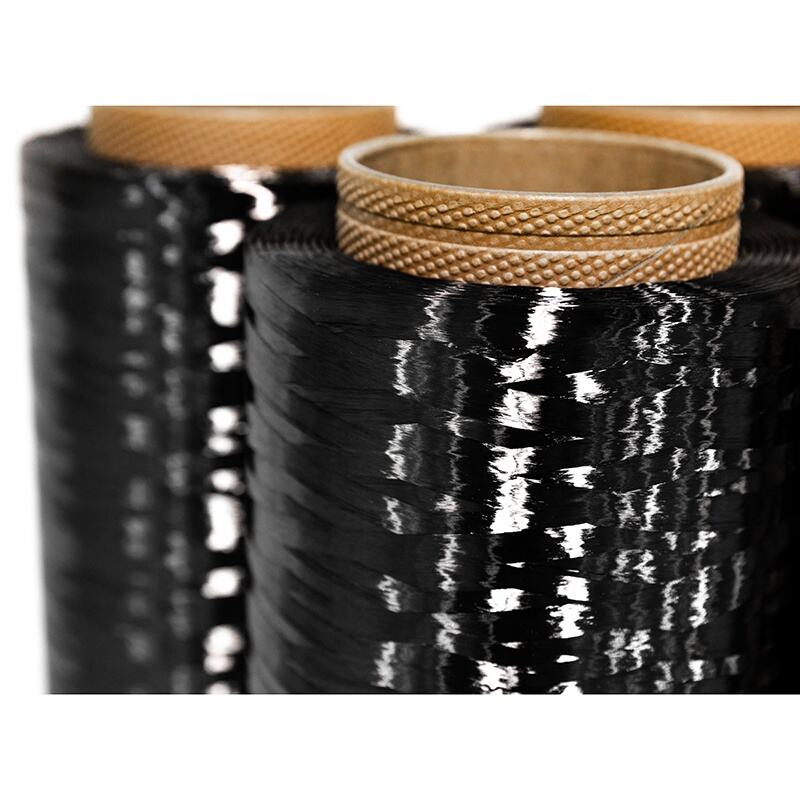3k carbon
3K carbon represents a sophisticated form of carbon fiber material characterized by its distinctive weave pattern, where three thousand carbon filaments are bundled into each tow. This high-performance material has revolutionized various industries through its exceptional strength-to-weight ratio and versatile applications. The 3K designation specifically refers to the fiber count in each tow, resulting in a medium-weight fabric that strikes an optimal balance between strength and flexibility. In terms of technical specifications, 3K carbon typically features a plain weave pattern that provides uniform strength in both warp and weft directions, making it ideal for structural applications. The material exhibits remarkable tensile strength, typically ranging from 3000 to 5000 MPa, while maintaining a density significantly lower than traditional metal alternatives. Its application spans across automotive components, aerospace structures, sporting goods, and high-end consumer products. The material's surface finish can be customized through various manufacturing processes, allowing for both functional and aesthetic adaptability. Additionally, 3K carbon's thermal properties make it suitable for applications requiring heat resistance and dimensional stability across varying temperature ranges.


